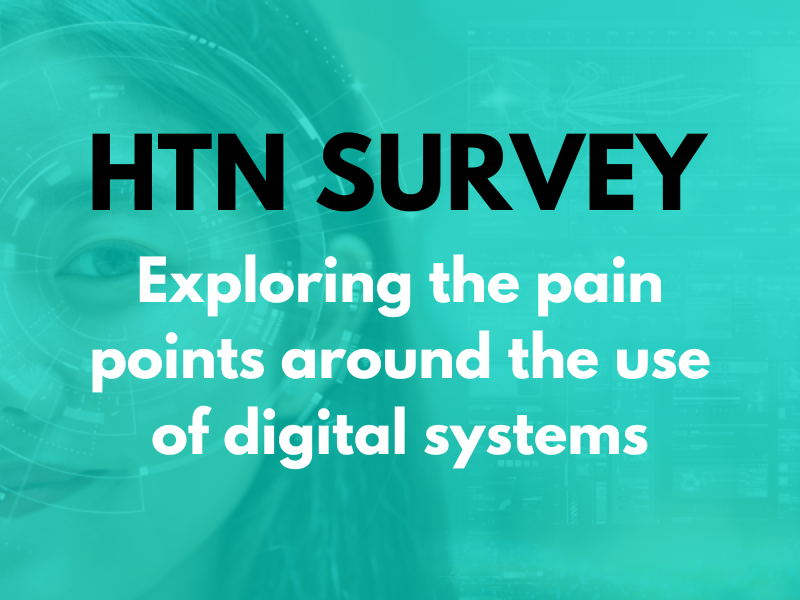£300 million of new capital investment has been outlined by the Chancellor in the Autumn Budget for NHS tech and digital tools, with aims to improve productivity by automating administrative tasks and providing “swifter access” to patient information.
The announcement comes alongside news of planned investment in 250 neighbourhood health centres, with a collaboration between the public and private sectors for construction that will see the repurposing of current estate as well as spending on new buildings.
“We’re driving down waiting lists by bringing healthcare to patients’ doorsteps and turbocharging NHS productivity with cutting-edge technology,” the Chancellor said. “Our record investment, combined with ruthless efficiency and reform, will deliver the better care and better outcomes our NHS patients deserve.”
Productivity for hospital care is already reportedly up by 2.4 percent this year, with the government estimating that achieving a two percent growth in productivity will “unlock £17 billion savings over the next three years to be reinvested into the NHS in England to improve patient care”.
NHS England’s 2025/26 priorities and operational planning guidance presented a focus on local prioritisation and planning, reducing wait times, improving access and patient flow. Systems and providers were asked to work on developing neighbourhood health service models to help reduce demand, “with an immediate focus on preventing long and costly admissions to hospital” and improving timely access to urgent and emergency care; and making “full use” of digital tools to support the shift from analogue to digital.
NHSE’s medium term planning framework moved to outline the priority deliverables for ICBs and providers for the next three-to-five years. The framework sets out a new operating model, a revised foundation trust model, the creation of integrated health organisations, changes to the financial framework, and opportunities for greater local autonomy through a neighbourhood health approach.
Wider trend: Neighbourhood health
43 neighbourhood health services have now been announced as wave one sites, supported with £10 million in funding. The programme has an initial focus on long-term conditions, the government shared, with the expectation to expand to more services over the course of the next year. Each of the 43 identified areas are to be allocated a programme lead to work with existing local services to develop a neighbourhood health team consisting of community nurses, hospital doctors, social care workers, pharmacists, dentists, optometrists, paramedics, social prescribers, local government organisations and the voluntary sector.
North West London ICB has defined next steps and key priorities to accelerate neighbourhood health across the region, with a focus on agreements for data sharing, accelerating the spread of proven care models, and driving the move from reactive to proactive care. Since the last update, “the focus has shifted from design to delivery”, NWL states. “All seven place managing directors are now leading local partnerships with governance and integrator arrangements in development. One model of care – children’s health – is demonstrating measurable impact and is being rolled out.” Other care models are currently being confirmed, or are in proof of concept phases, including cardio-renal metabolic and end-of-life care.






